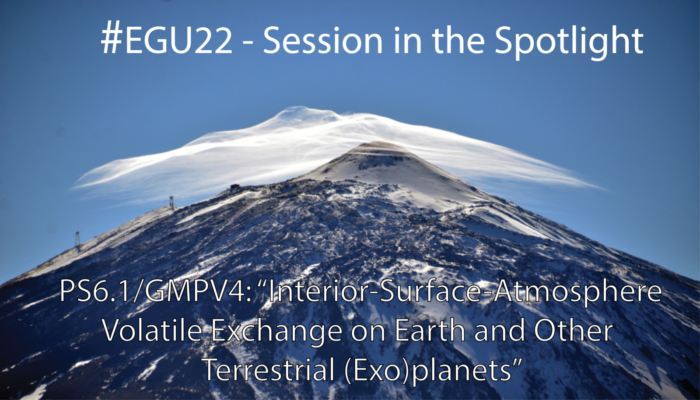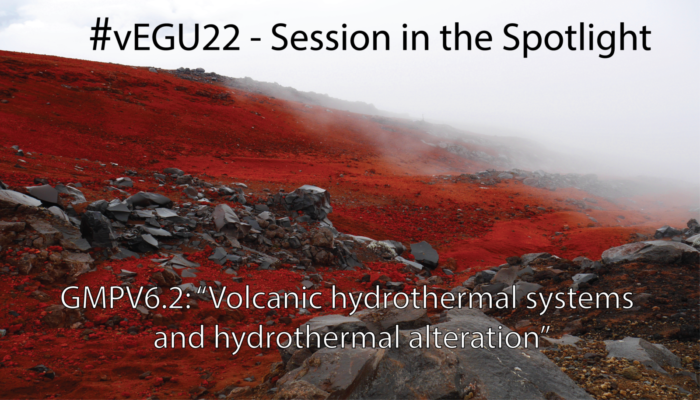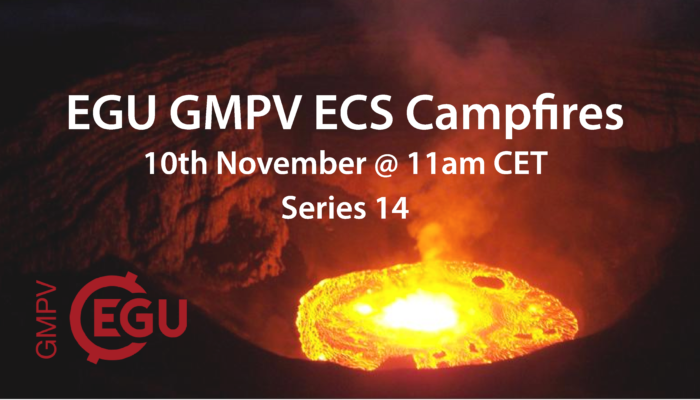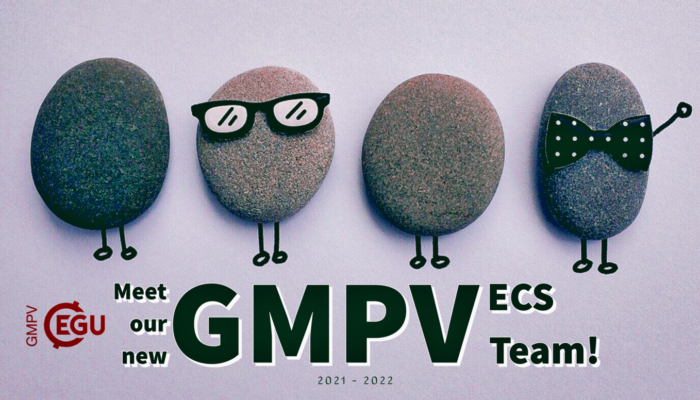The #EGU22 abstract submission deadline is approaching surprisingly fast – only 6 weeks are left until you have to decide to which of our many great sessions you want to submit your abstract! But which session will be the best one to fit your research? We will try to help you make this decision by highlighting some of our GMPV sessions within the next weeks! Today in the spotlight, session P ...[Read More]
#EGU22 session in the spotlight: Interior-Surface-Atmosphere Volatile Exchange on Earth and Other Terrestrial (Exo)planets




